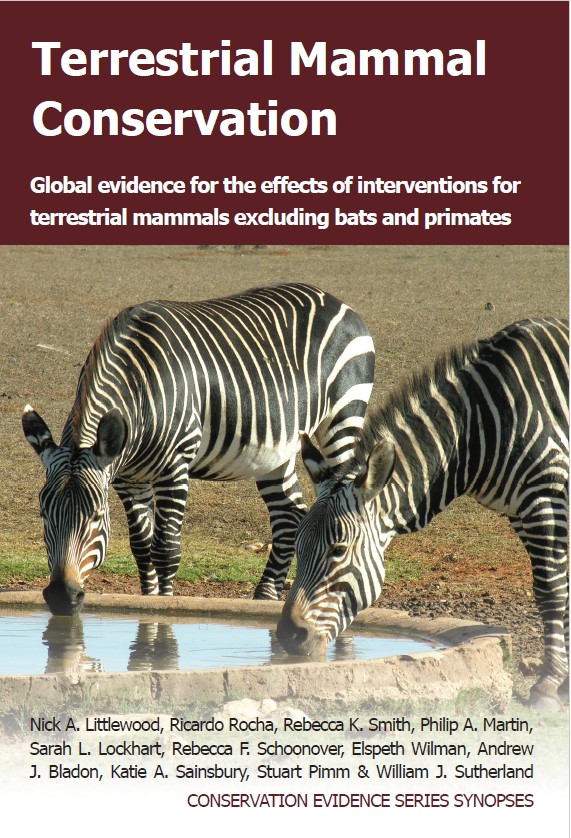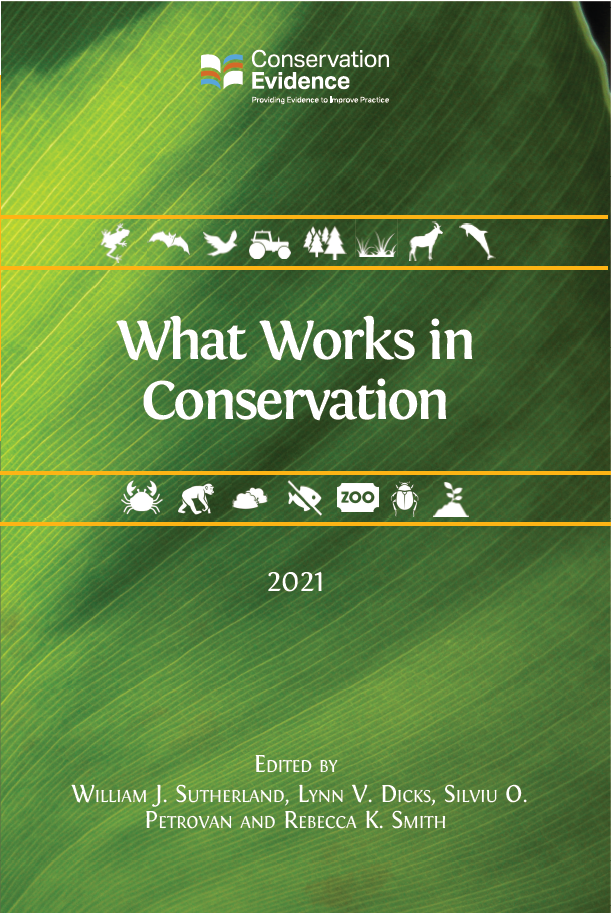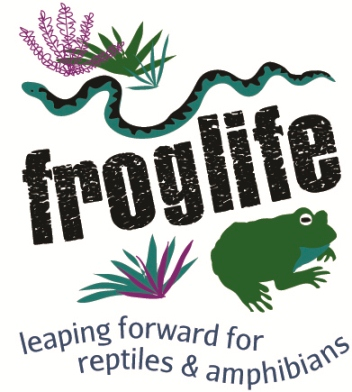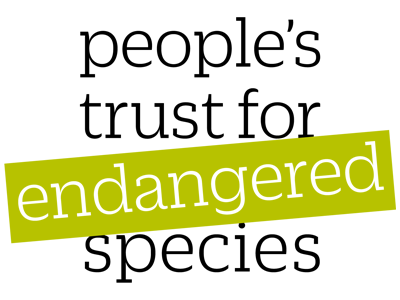Exclude or limit number of visitors to reserves or protected areas
-
Overall effectiveness category Beneficial
-
Number of studies: 5
View assessment score
Hide assessment score
How is the evidence assessed?
-
Effectiveness
80% -
Certainty
70% -
Harms
0%
Study locations
Supporting evidence from individual studies
A before-and-after study in 1968–1972 in Montana, USA (Martinka 1974) found that temporarily restricting visitor access, along with translocation, awareness raising and enforcement of regulations, resulted in fewer bears being killed to protect humans. After restricting visitor access, the rate of bear killings (1/year) was lower than in the preceding 13 years, when there were no visitor restrictions (1.5/year). Following implementation of visitor restrictions, three bears were also translocated away for visitor safety reasons. In 1968–1972 visitor restrictions, such as temporary trail closures or campsite closures, were imposed following verified reports of human-bear encounters. Numbers of bears killed following restrictions was compared to that prior to implementation of restrictions. The programmme also included awareness raising and policing of adherence to local regulations.
Study and other actions testedA study in 1984–1988 in a meadow and forest area in Wyoming, USA (Gunther 1990) found that restricting human access resulted in greater use of areas by grizzly bears Ursus arctos. Bears were found further from cover during closed and restricted periods (average 293–304 m) than during open periods (average 228 m). Bears were recorded close to campsites more frequently when the campsites were not in use than when they were in use, when sightings were reduced by 67%. Within a 4,850-ha study area, containing 14–23 grizzly bears, meadows and open areas were scanned regularly from a vantage point, for bear and human activity, from May–June through to July–September of 1984–1988. At different periods during this time, the area was classed as open (allowing day-use and overnight camping), restricted (allowing day-use only, but no overnight camping) or closed (no recreational use).
Study and other actions testedA study in 2006–2009 in temperate forest in a national park in Wyoming, USA (Coleman et al. 2013) found that restricting human access allowed increased use by grizzly bears Ursus arctos. When human access was restricted more bears used human recreation areas (9.4–10.8% of satellite collar locations) than when human access was unrestricted (4.4–9.1% of satellite collar locations). During restricted periods, human use was lower (5 recreational users/day) than during unrestricted periods (147 recreational users/day). Human and bear activity was monitored across 81,176 ha, in April–September of 2006–2009. Human recreational areas were areas that humans used more than random areas and covered 7.7% of the study area. Peak human activity times were 08.00–18.59 hrs, during which ≥10% of groups were active. Recreational access was prohibited other than on a small number of backcountry campsites and trails during low tourist season (15 April–30 June) but was unrestricted in peak season (1 July–30 September). Fourteen bears were monitored using satellite collars and 385 recreational groups, totalling 1,341 people, carried GPS loggers while using the area.
Study and other actions testedA site comparison study in 2005–2006 of forest at three sites in Ecuador (Suárez et al. 2013) found that a road with restricted access had a higher population of medium-sized and large mammals relative to a road with unrestricted access. Differences between sites were not tested for statistical significance. Primates, ungulates and large rodents were more abundant along the restricted access road (98 animals/km2) than they were along the unrestricted access road (48 animals/km2). However, there were more still at an undisturbed site (233 animals/km2). A 142-km-long oil exploration road was constructed in 1992. Road access for outsiders was restricted (details not provided), though the area was occupied by indigenous Waorani people, who settled and hunted along the road. At a different site, an oil exploration road, constructed in 1972, attracted colonists, leading to 4% annual forest loss in its vicinity. A third, undisturbed site was studied. Sites were ≤89 km apart. Mammals >1 kg were surveyed using distance sampling techniques along six 2-km transects at each site, in the morning and evening on eight occasions from April 2005 to July 2006.
Study and other actions testedA before-and-after study in 2003–2004 of a forest national park in Thailand (Ngoprasert et al. 2017) found that closing the park to visitors resulted in leopards Panthera pardus using larger areas of the park. At least six leopards were recorded and the density did not differ between when the park was closed or open to visitors. However, leopards occurred in more locations during the closed period (22 camera-trap locations) than in the open period (13 camera-trap locations). Additionally, there was a 45% higher daily detection rate during the closed than during the open period. Human presence was lower during the closed period (nine photos) than the open period (68 photos). Following flooding in October 2003, the park was closed to visitors. Camera traps were placed for three weeks at each of 72 locations, which were approximately 2 km apart, between November 2003 and January 2004. Previously, the same monitoring strategy had been implemented during March–May 2003, when the park was open to visitors.
Study and other actions tested
Where has this evidence come from?
List of journals searched by synopsis
All the journals searched for all synopses
This Action forms part of the Action Synopsis:
Terrestrial Mammal Conservation
Terrestrial Mammal Conservation - Published 2020
Terrestrial Mammal Conservation





)_2023.JPG)














